Haul Out
Finally, haul out day. We topped up the water tanks and pickled the water maker the night before. But there wasn't time to do much more preparation for hauling out, than that. The sails were still rigged, we'd drop them in the yard.
We were scheduled for the first haul of the morning, so the bay was still calm, the wind hadn't really picked up, yet. We'd been moored just outside the boat yard, so just a short little motor to back into the travel lift dock, and we were done.
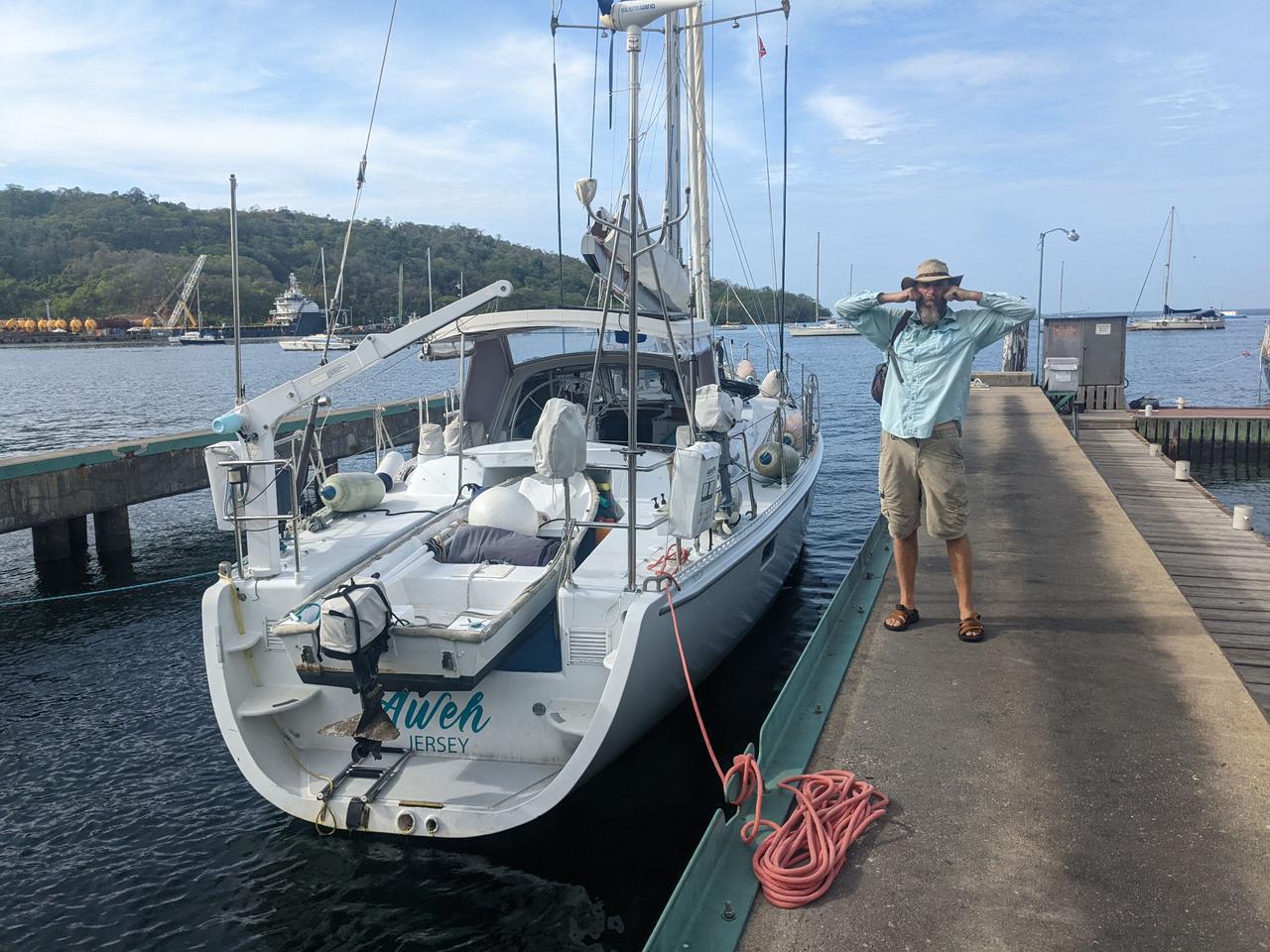
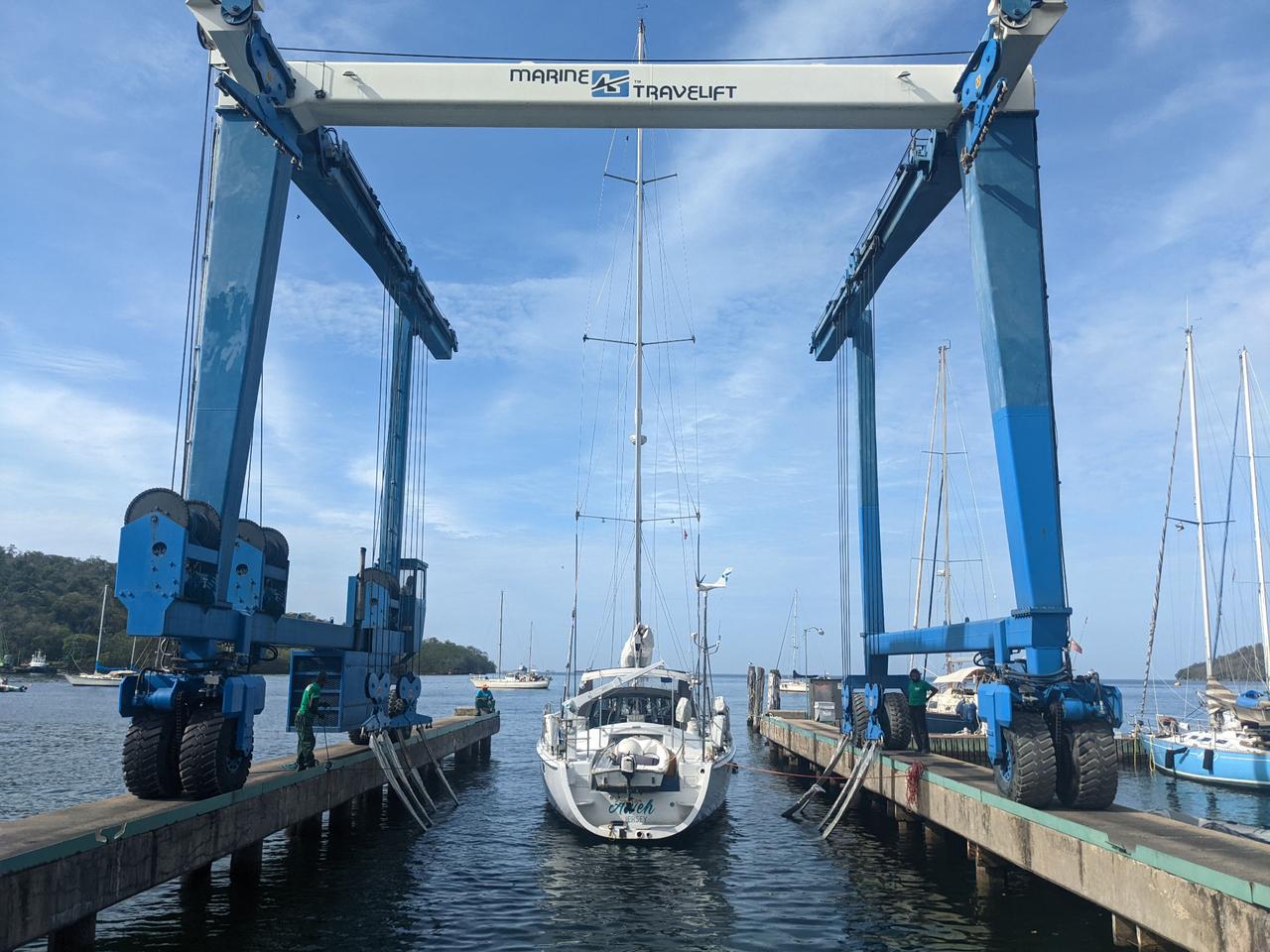
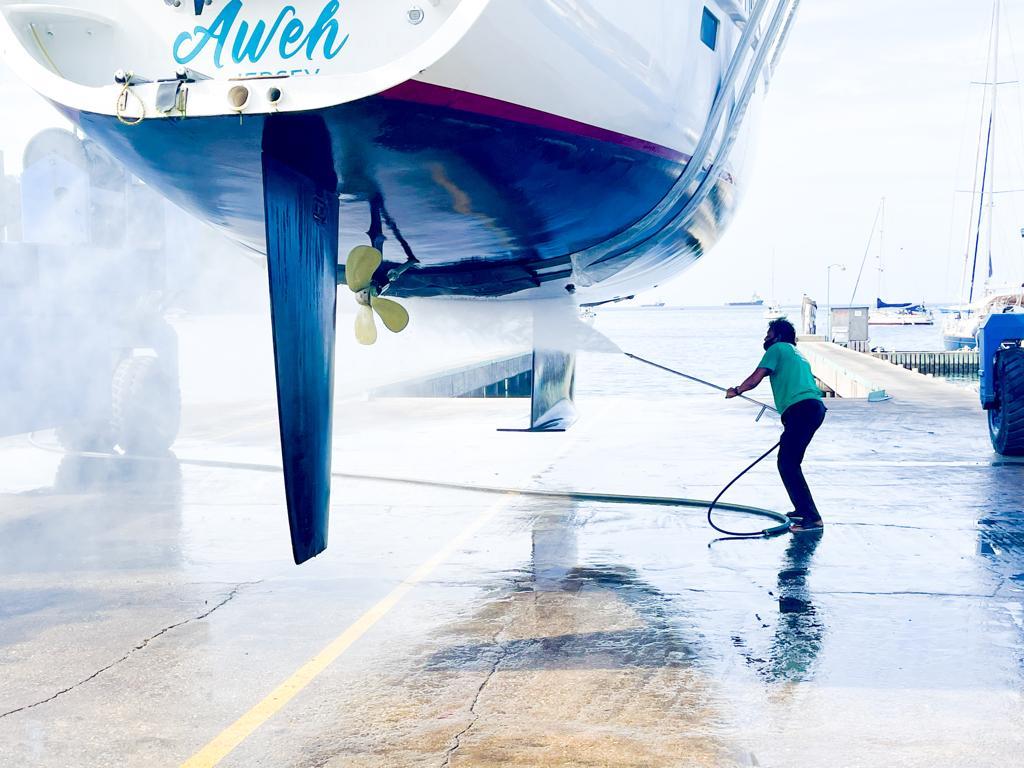
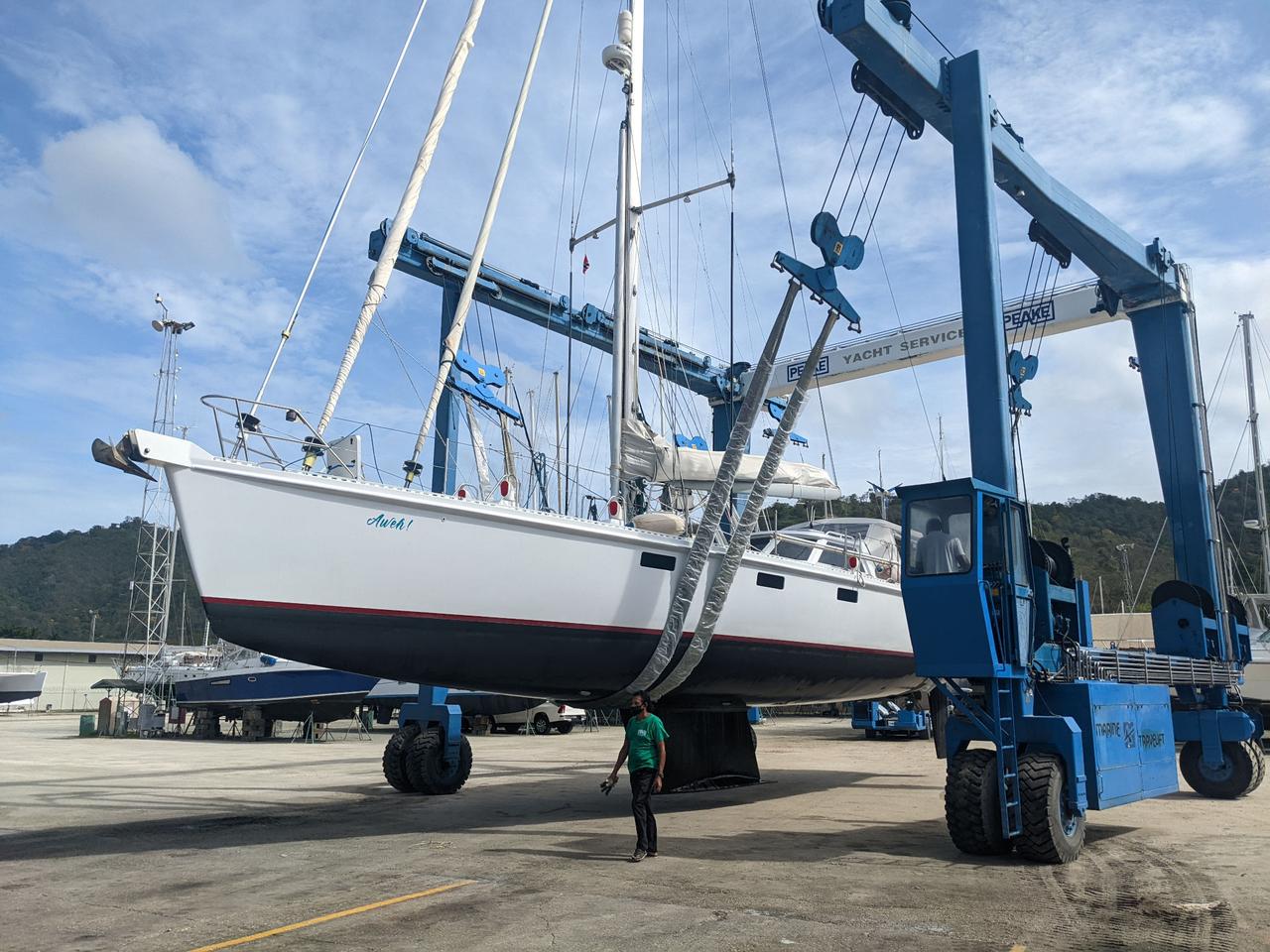
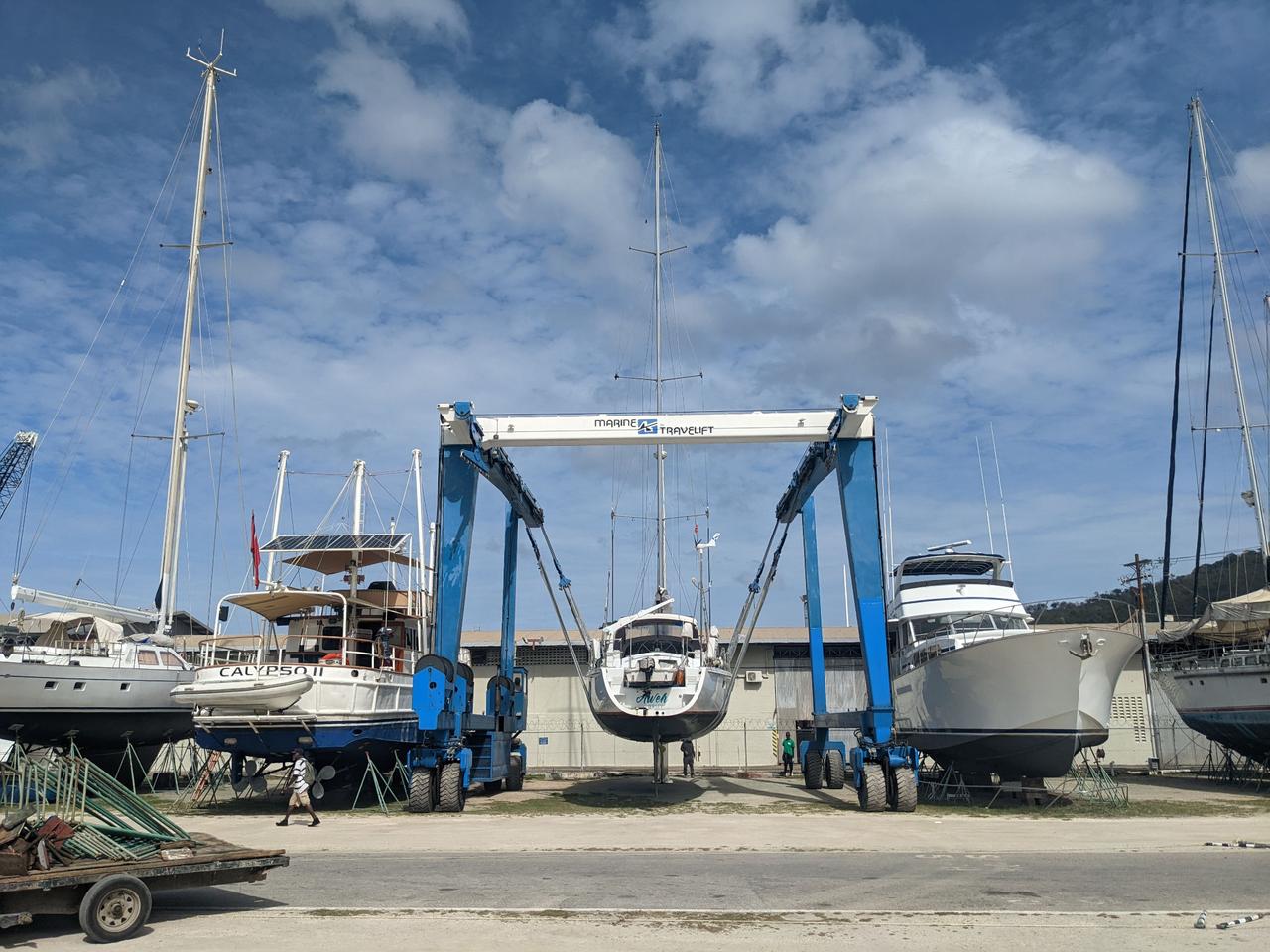
The boat has been coming to Peake's yard for many years before we bought it, so everybody knew the boat, and we found out that "it's usual space is available". So, that's where it was parked.
Luckily, my foot seemed to heal just in time for the haul out. I was hopping around on crutches for a couple of days on land, but then found I could walk on it more and more. Soon the crutches were relegated to a corner of the room.
We decided to spend a couple of weeks in the yard, to get as many of the big jobs done as possible, in the hope that we could return keep the yard time as short as possible when we returned. Of course, most of these quickly stalled when we found we needed parts or people that weren't immediately available. Some of the big jobs were:
Flush the diesel engines with fresh water and coolant to preserve the salt water system. Take old oil samples for analysis and do oil changes while they were warm after running.
Replace the fuel return line that had leaked, and replace the bolts on the alternator arm that were stuck and making it hard to adjust the belt tightness correctly.
Drop the sails and get them to a local sail maker, to restitch and replace the UV covers, as appropriate. Sails that live on roller-furlers have a strip of UV-protective material along the edge, that's exposed to the sun when they are rolled up. These wear out, and their stitching gets degraded in the sun.
Replace the stack-pack sail bag. The old one already had a few repairs, and the sun-worn fabric was starting to rip. The sail maker would make one.
De-rig the boat, putting mouse-lines in place of halyards, to save them from sun-damage while on the hard.
Get rope clutches around the cockpit that had broken springs off, and replace the cams. A local rigger helped get some seized bolts out, and get them apart.
Service all the winches. The same rigger took on the job.
Re-install the old gas sprung vang. We had found it still lying in the boatyard in Grenada, where we had replaced it. Some fittings needed to be re-created to re-fit it.
Service the hydraulic back-stays and deal with a slow leak somewhere in the system. The yard had a hydraulic shop that could handle this.
Remove and service the anchor windlass, there was some corrosion on the deck around it, that needed to be dealt with. A rigger got it off, and took it to service.
Remove the bow thruster, so that corrosion inside the cavity could be dealt with.
Remove the propeller, and replace the cutlass bearing, behind it. The yard propeller shop could check the balance to see if that was causing the vibration issues.
Re-work the fresh-water plumbing around the tanks. The fridge is keel-cooled with the drinking water, on this boat, but the return feed to the water tank went into the tank vent, which stopped the vents from working properly. The tank valves were corroding and needed replacement, but we couldn't find BSP-threaded valves locally. So, this project got deferred.
Get the washing machine out, and repair / replace it. With the help of a local carpenter, John Francois, we figured out how the cabinetry came apart to get the washing machine out. The local appliance repairman thought it was a lost cause, so we'll have to look for a new one in the French Antilles (where they use 220V).
Clean and pack away everything. Get rid of any open food that would attract rodents or go off.
Do some touch-up fibreglass on the dinghy, and repaint it.
Repaint the transom, which had collected quite a few dings. And some other areas on deck where paint was coming up.
Repaint the bottom. The yard would handle these paint jobs while we were away, just in time for our return.
Of course that's just the biggish things, there were many more small jobs too. We were much more ambitious than the previous haul-out in Grenada, where we'd deferred some jobs to deal with in Trinidad. We didn't get everything we wanted to done, but got most of the important jobs started, and found local contacts to help.
Of course, we also found some time to get out of the yard and explore the island. The peninsula with the boat yard used to be a British Naval base. It was handed over to the US, as part of the Destroyers for bases deal in WWII. The US had an air strip where the boatyard is and a missile radar tracking station on the mountains behind it. It was all handed back to Trinidad in the late 80s. Some of the old facilities are used by the Trinidadian Coast Guard and Police, others are now sheds for the marine industry.
We hiked up to the old abandoned radar station above cathedral grove. Visited a few other historic sites, and ate a lot of local roti.
John headed back to Canada for a couple of months, and I headed to Europe for some conferences and travel, then South Africa.
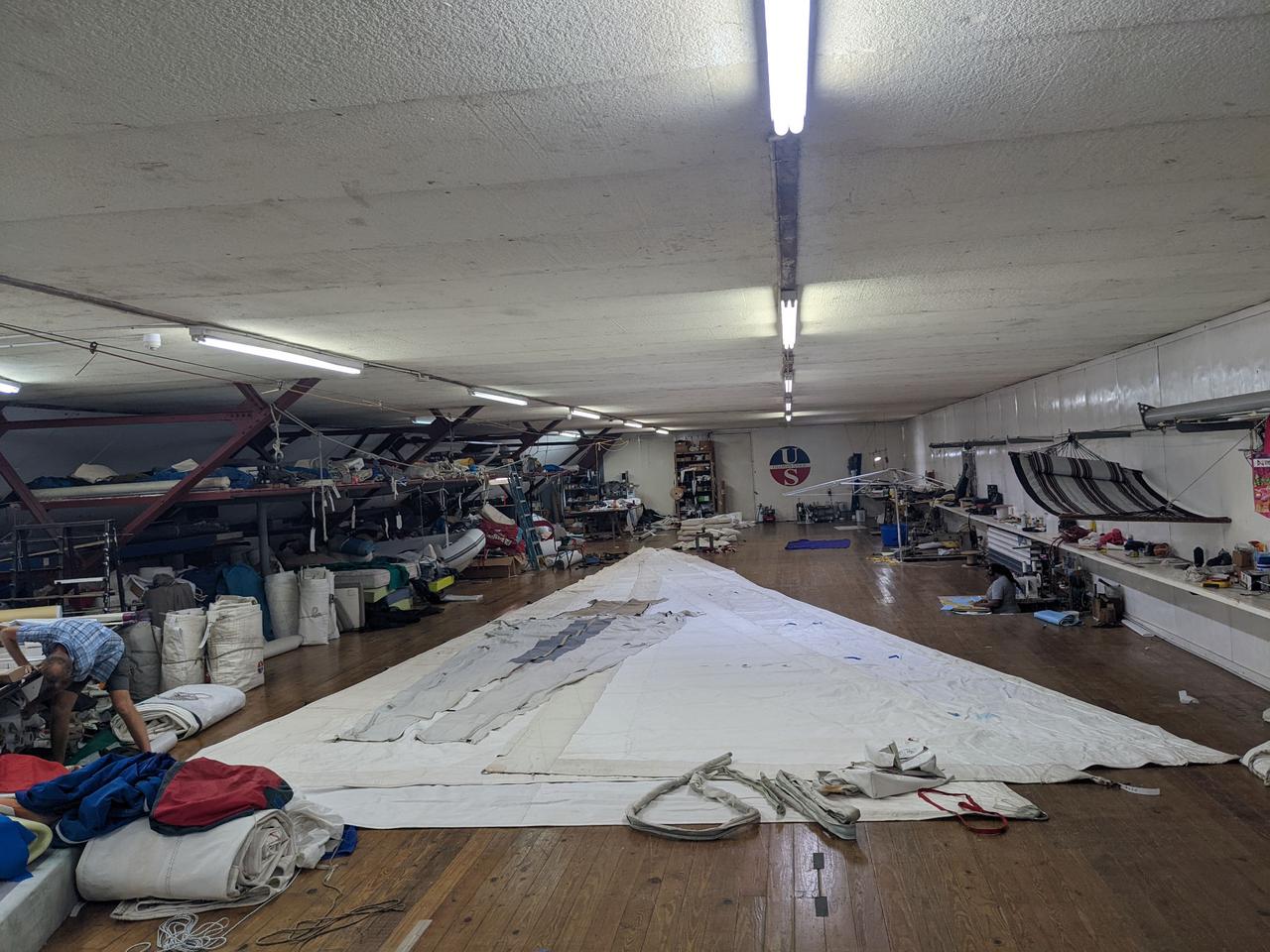

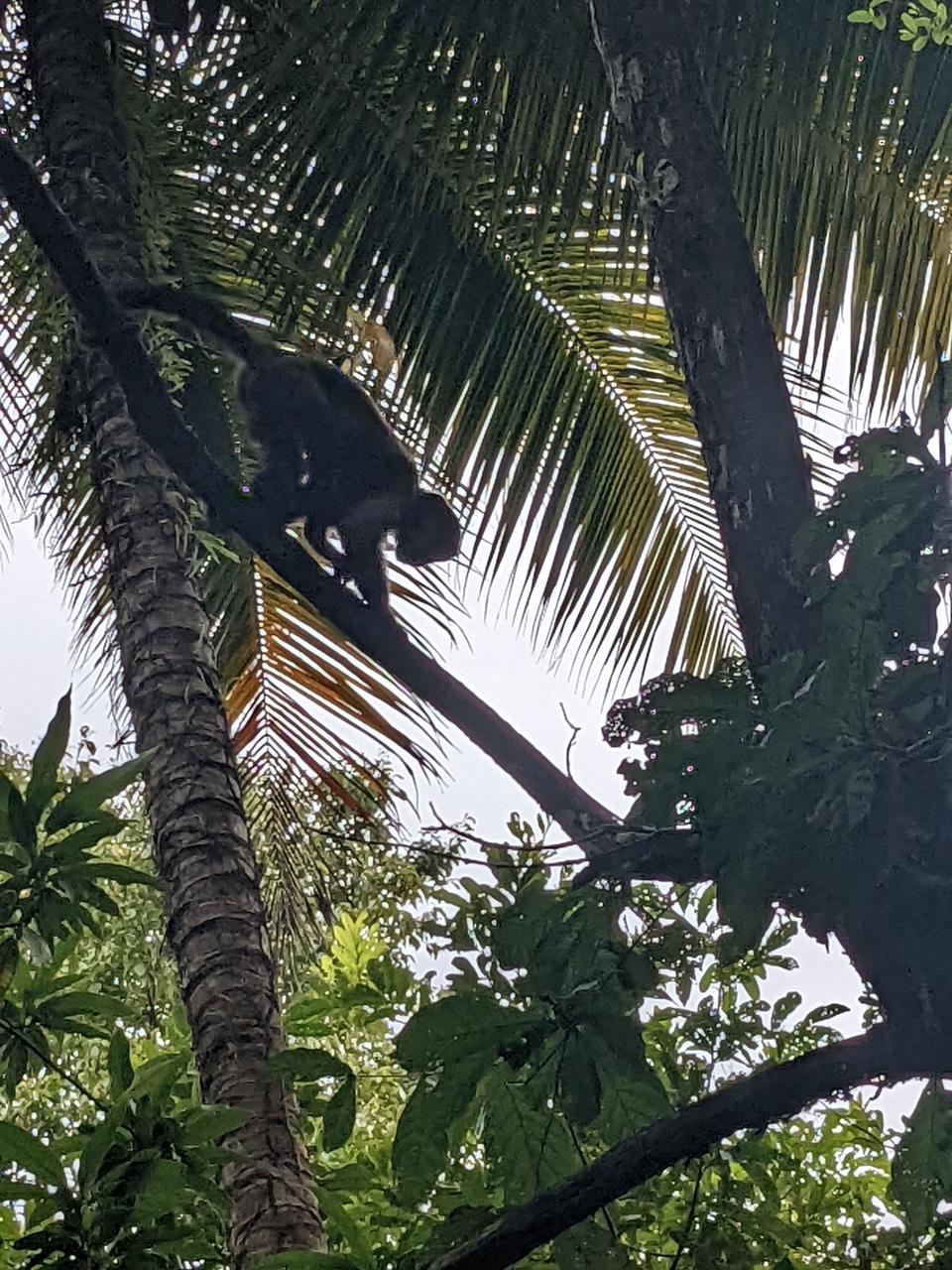
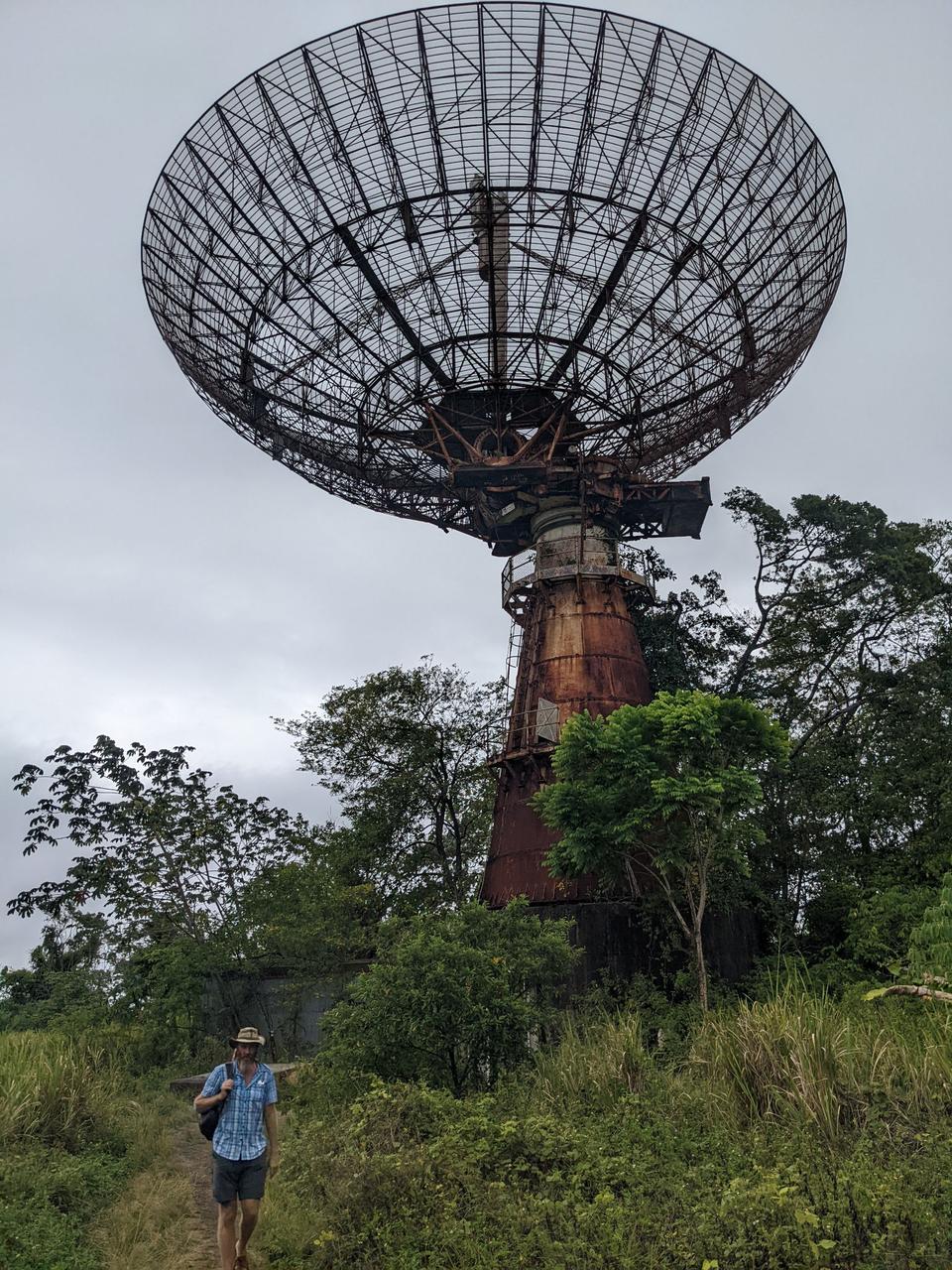
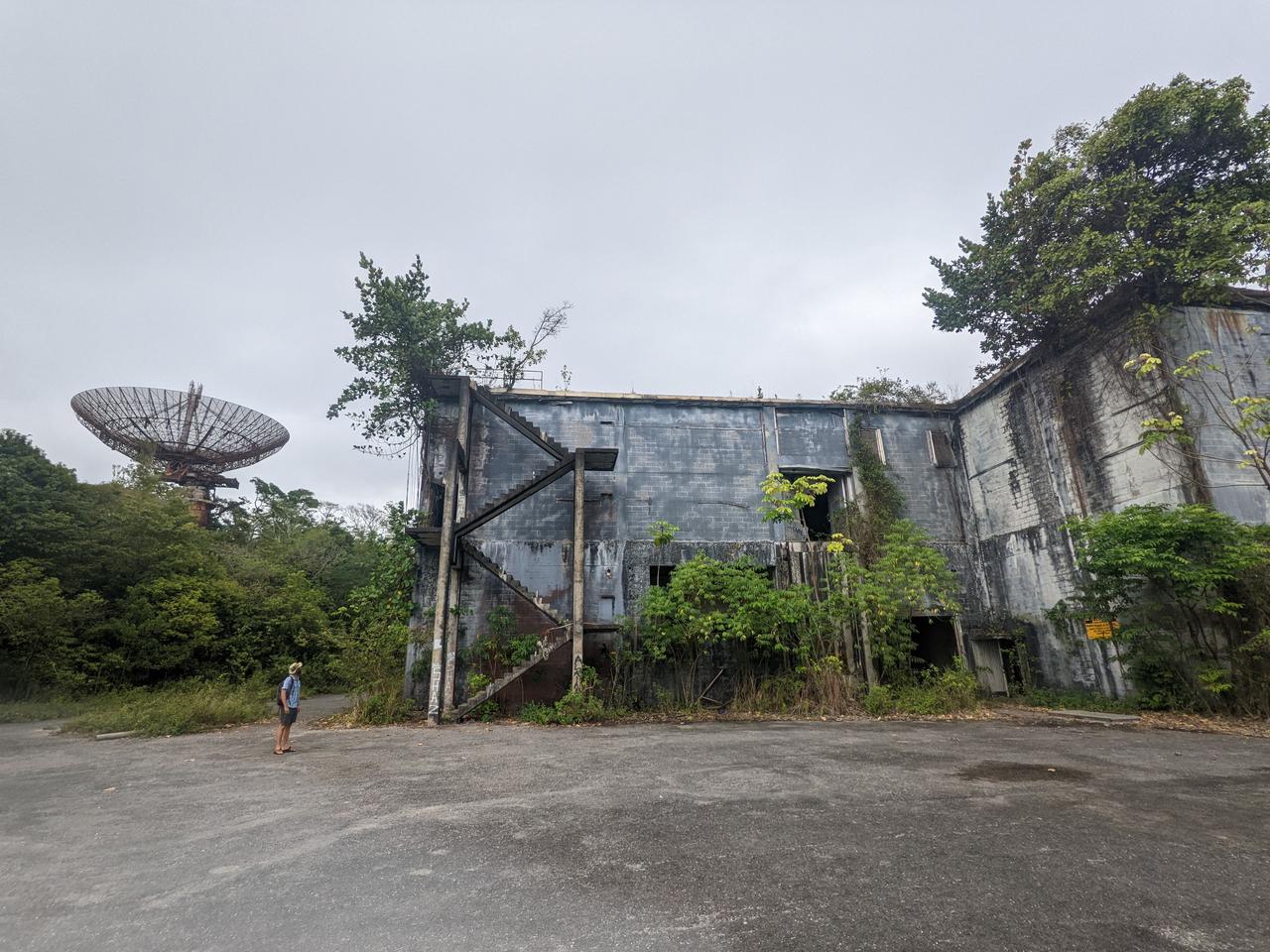
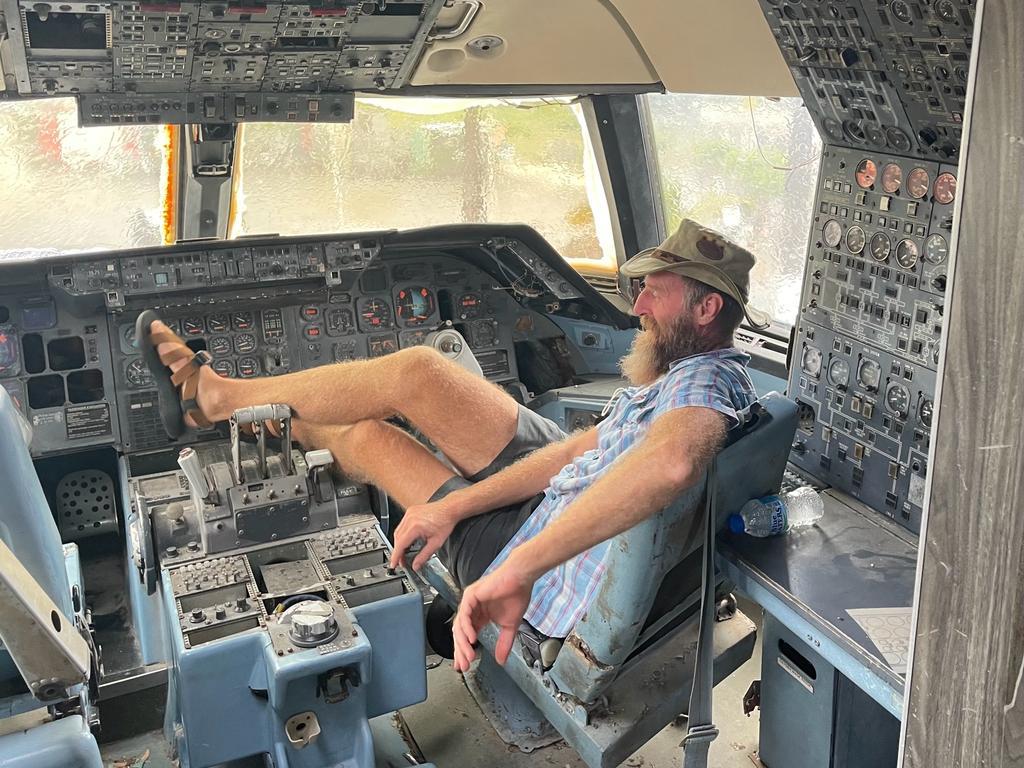
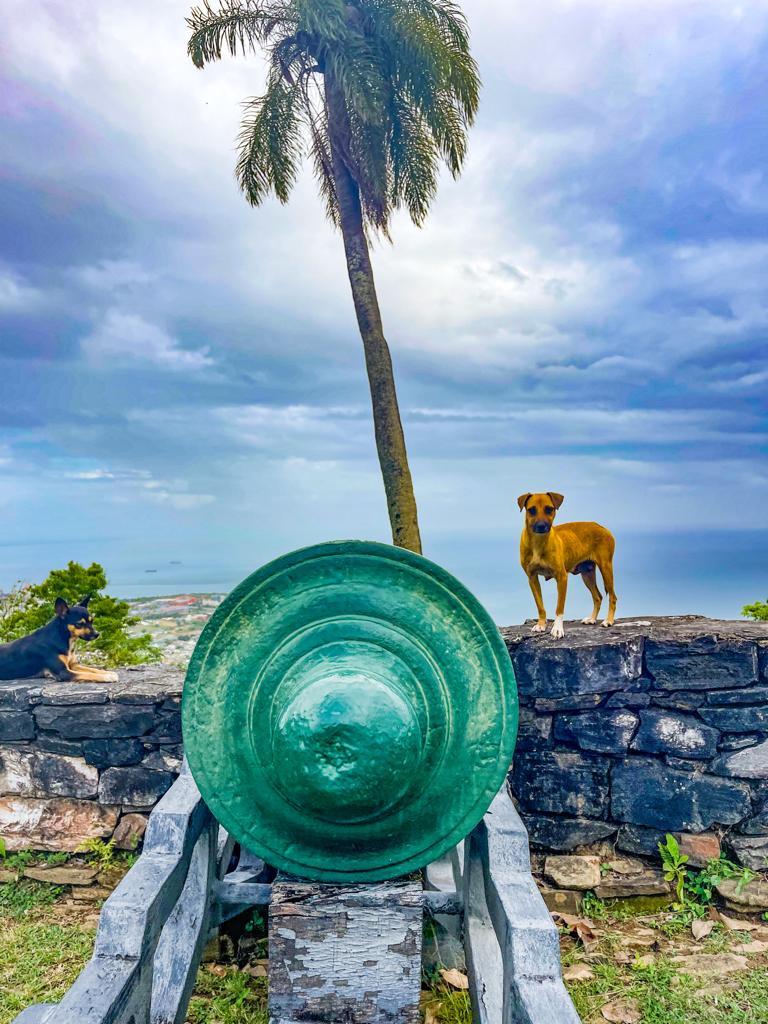
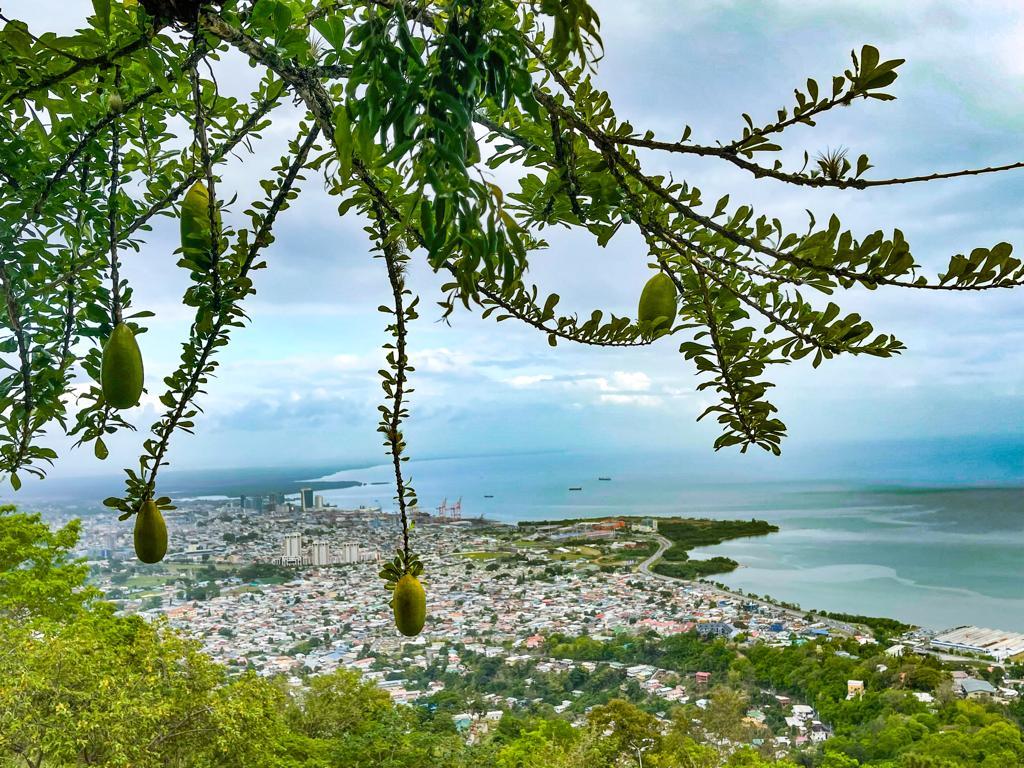
Comments
Comments powered by Disqus